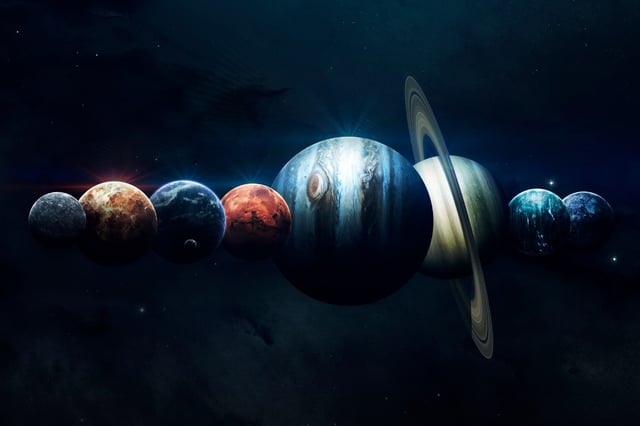Overview
- The planetary parade begins before dawn on August 10 with Mercury, Venus, Jupiter, Saturn, Uranus and Neptune forming an arc along the eastern horizon.
- Mercury, Venus, Jupiter and Saturn can be seen with the unaided eye, while Uranus and Neptune demand binoculars or a small telescope.
- Venus and Jupiter will converge to within 0.9° on the mornings of August 11–12, offering a striking close approach.
- The Perseid meteor shower peaks overnight on August 12–13, providing a display of shooting stars for early-morning observers.
- Rise times and arc orientation will shift between northern and southern hemispheres, so enthusiasts should find an unobstructed east-northeast horizon about an hour before sunrise.



